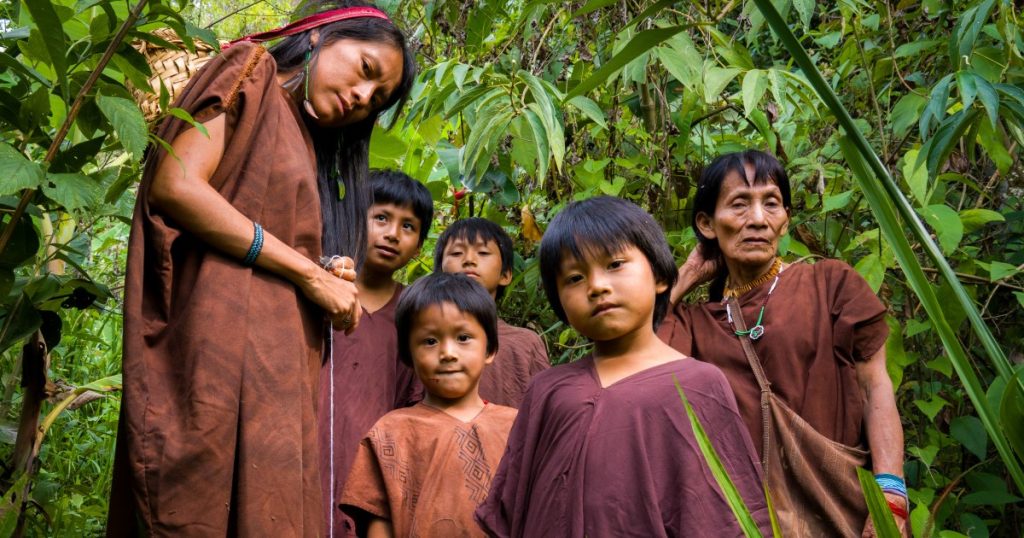Samaniego, a member of the Ashaninka community in Marankiari, Peru, reflects on how his village, originally home to 150 people, has always been closely tied to the surrounding forests. The name Marankiari means “serpent” in the Ashaninka language, reflecting the once abundant presence of snakes, tapirs, and large cats in the region, as recounted in stories passed down through generations. However, as the rainforest rapidly shrinks, many of these species have vanished, and the community is faced with the challenge of preserving their cultural and environmental heritage.
The loss of old-growth forest in the Amazon has been significant, with 144,682 hectares disappearing in 2022 alone due to small-scale agriculture and other activities. This destruction has had a direct impact on the Ashaninka people, who rely on the forest for resources and cultural practices. In Marankiari, Tsonkiri Samaniego, a village elder, expresses concern about the gradual disappearance of both natural and cultural elements essential to the Ashaninka way of life. As the land is encroached upon and resources become scarce, there is a growing sense of urgency to protect what remains.
Reflecting on his childhood experiences, Tsonkiri recalls a time when the forest was abundant with wildlife, and the village was surrounded by untouched nature. However, with the rise of industries like the coffee boom in the 1940s, the landscape began to change as forests were cleared for agriculture. Tsonkiri’s own family endured exploitation and loss of ancestral land, which continues to impact the community to this day. Despite legal efforts to secure a small portion of their territory, the Ashaninka people are still unable to access their most sacred sites, which have fallen into private ownership.
The struggle to preserve Ashaninka culture and language is compounded by the limitations placed on their traditional territories. Tsonkiri laments the loss of freedom to roam freely, hunt, and access sacred sites that are now off-limits. The encroachment of outside forces has led to a sense of confinement and restriction for the Ashaninka people, who have historically thrived in harmony with the natural world. As the land continues to be parcelled out and resources dwindle, there is a growing need to address the environmental and cultural challenges facing the community in Marankiari.
Despite the challenges they face, the Ashaninka people remain resilient and committed to preserving their way of life. Through initiatives aimed at conservation and sustainable land management, there is hope for a future where the forests are protected and cultural traditions are passed down to future generations. With the support of organizations and individuals dedicated to indigenous rights and environmental preservation, there is an opportunity to work towards a more sustainable and equitable future for the Ashaninka people in Marankiari and beyond. By recognizing the interconnectedness of culture, environment, and community, there is potential for positive change and a brighter future for all.













